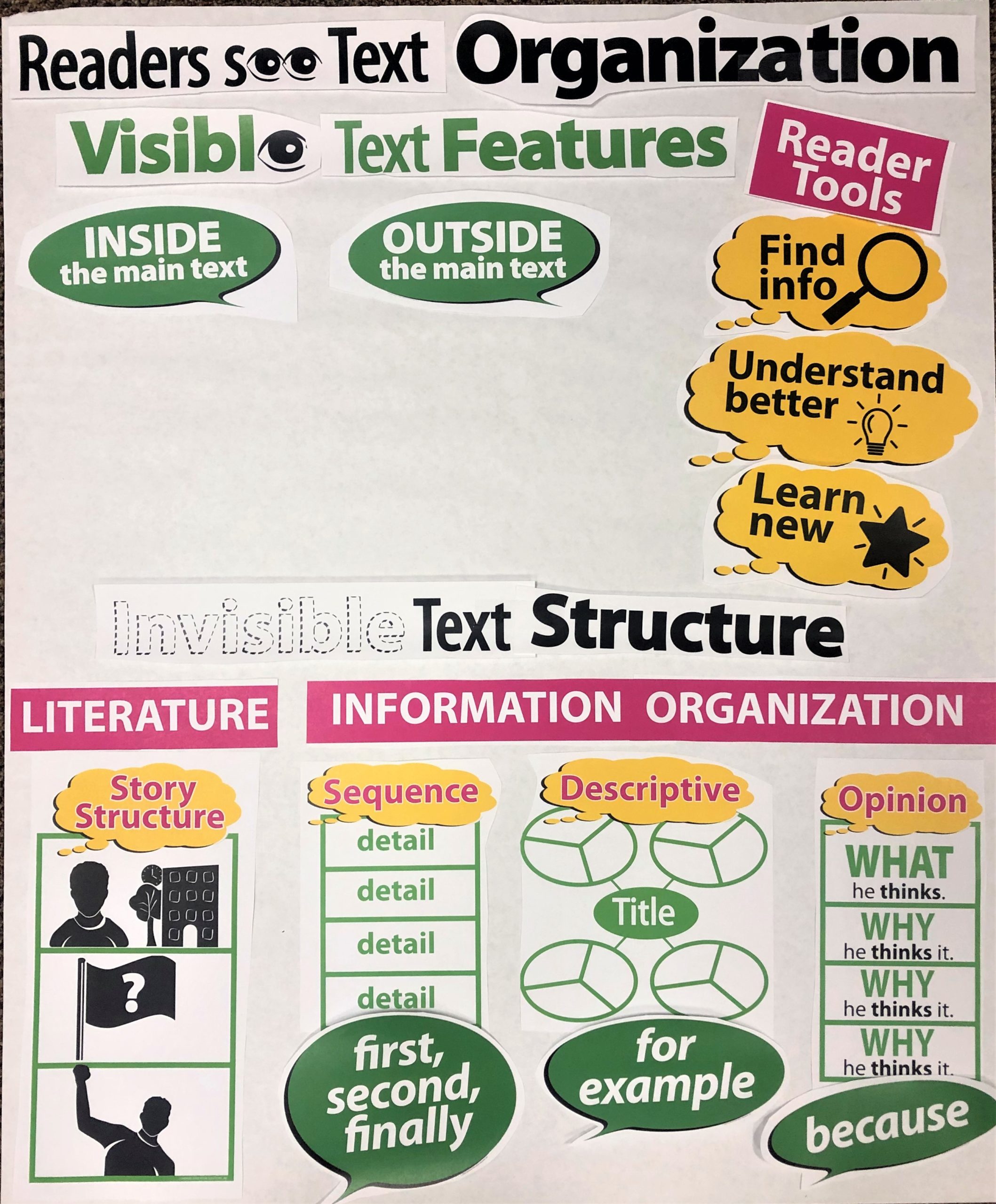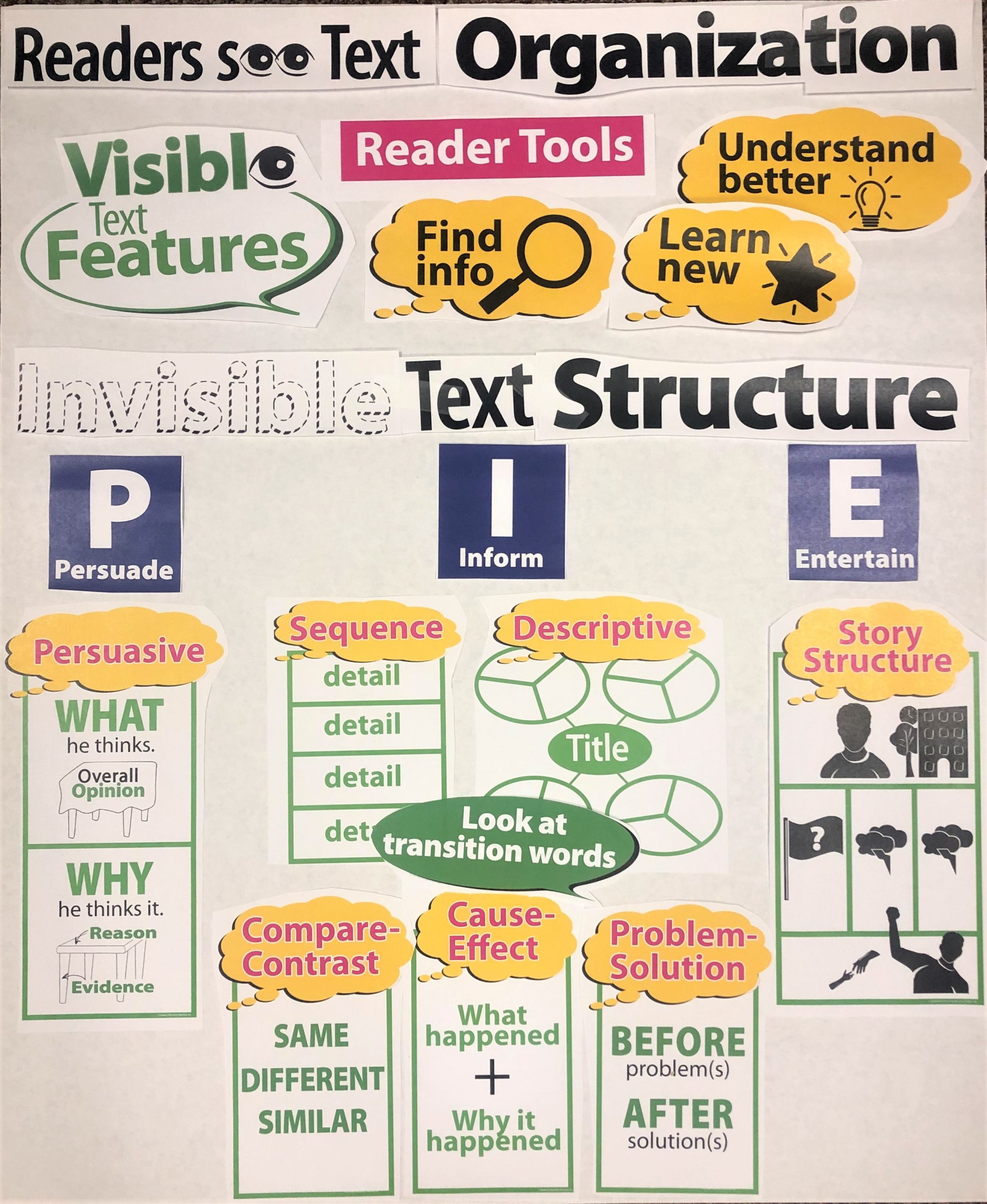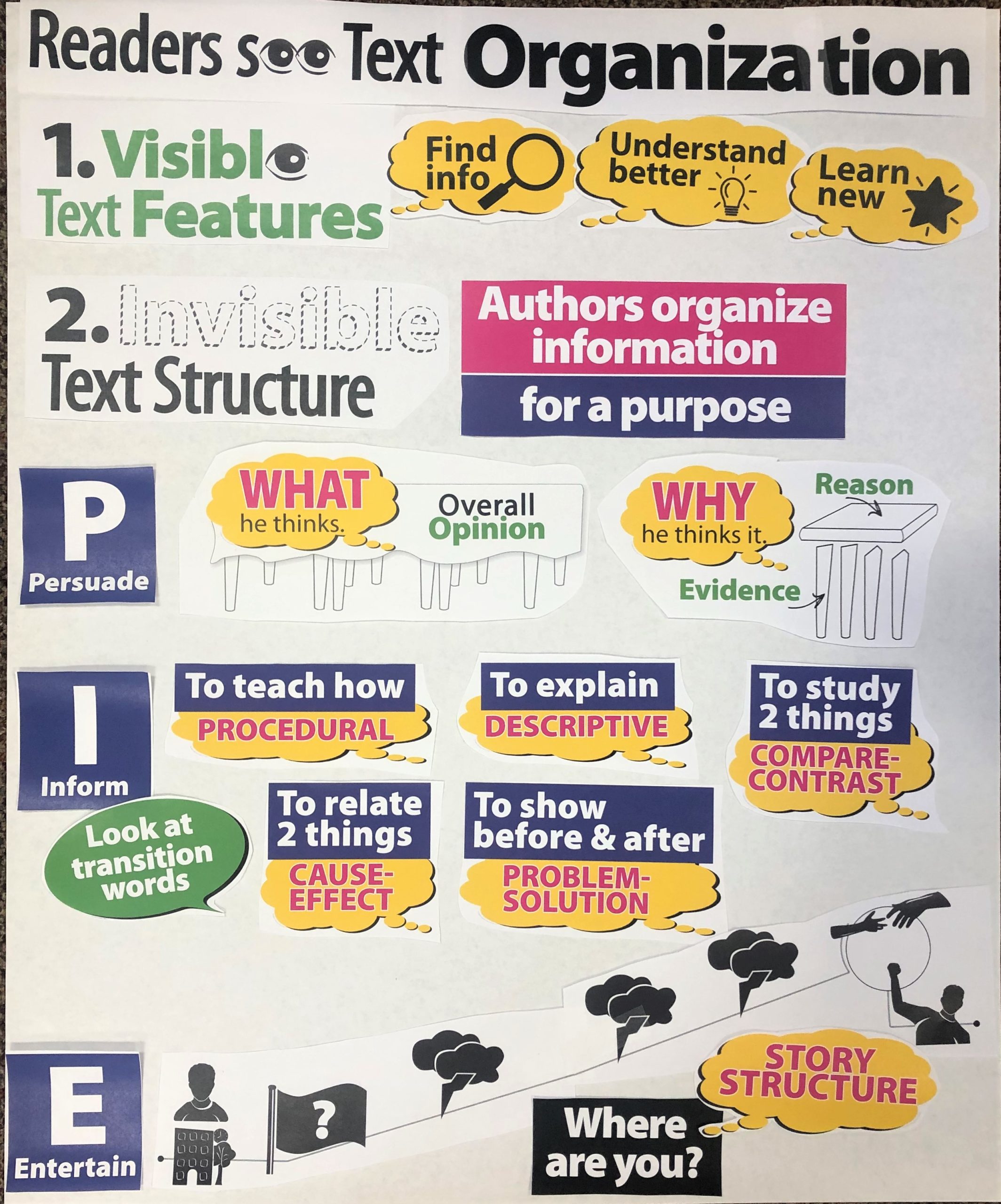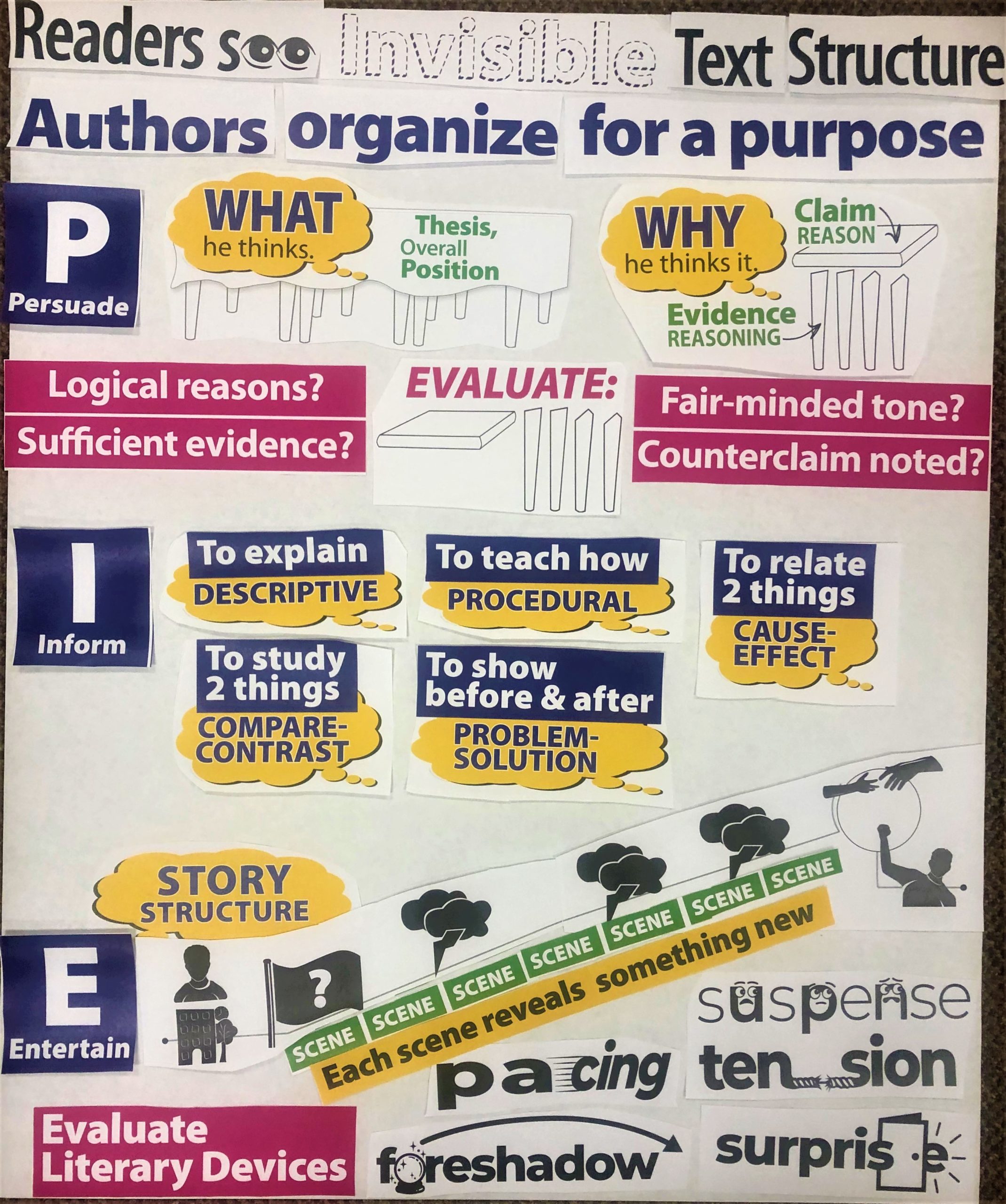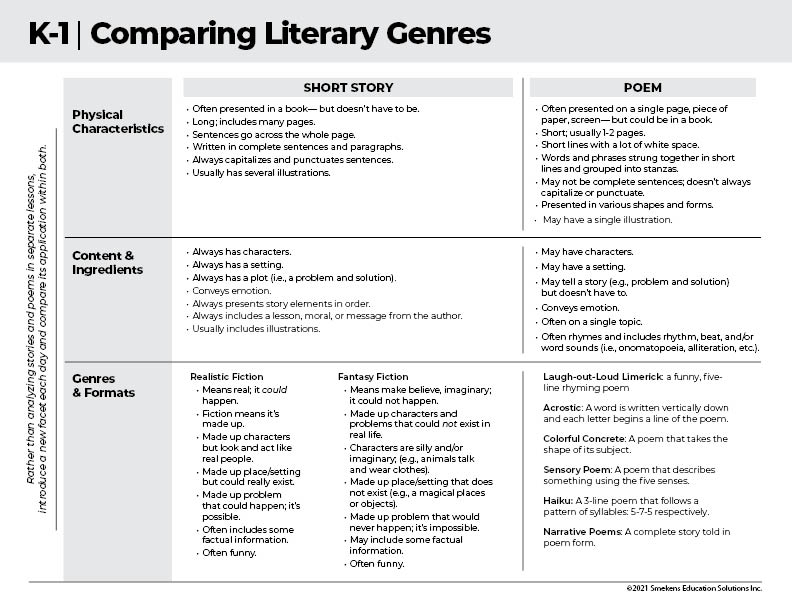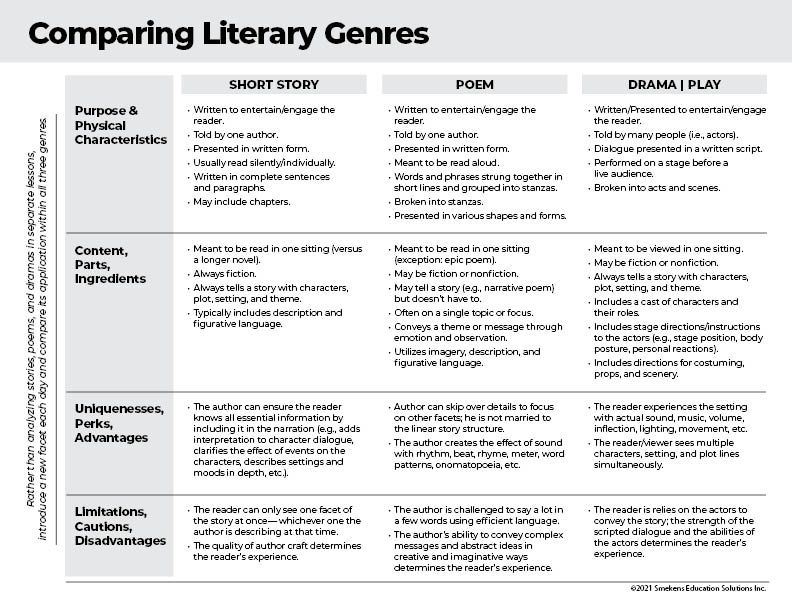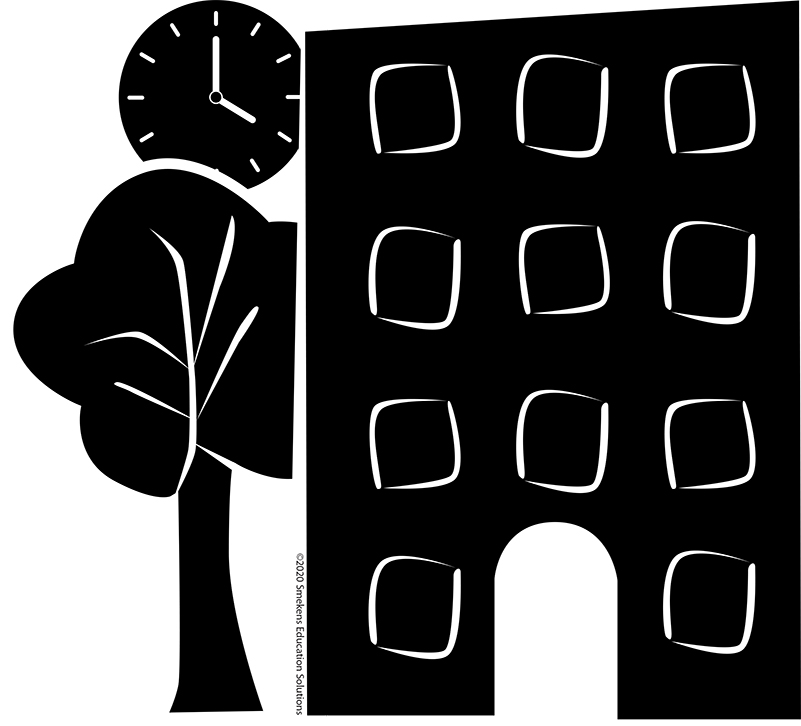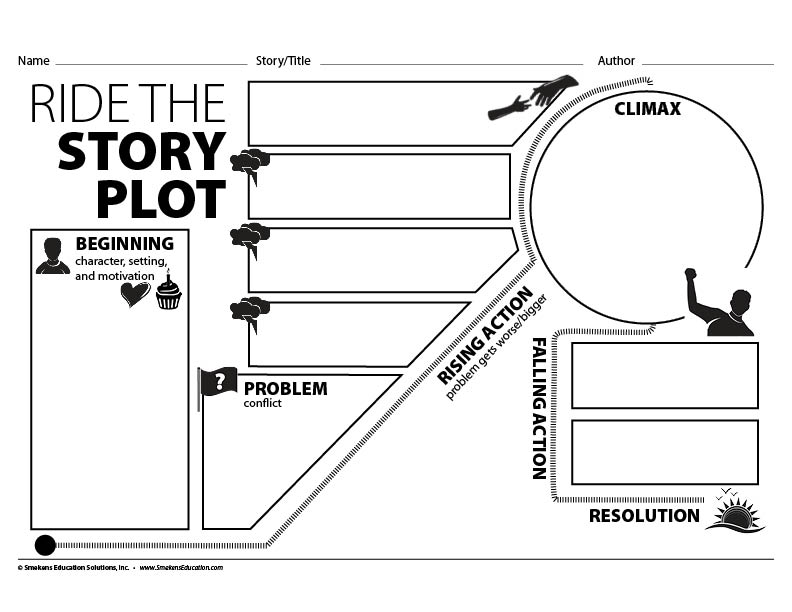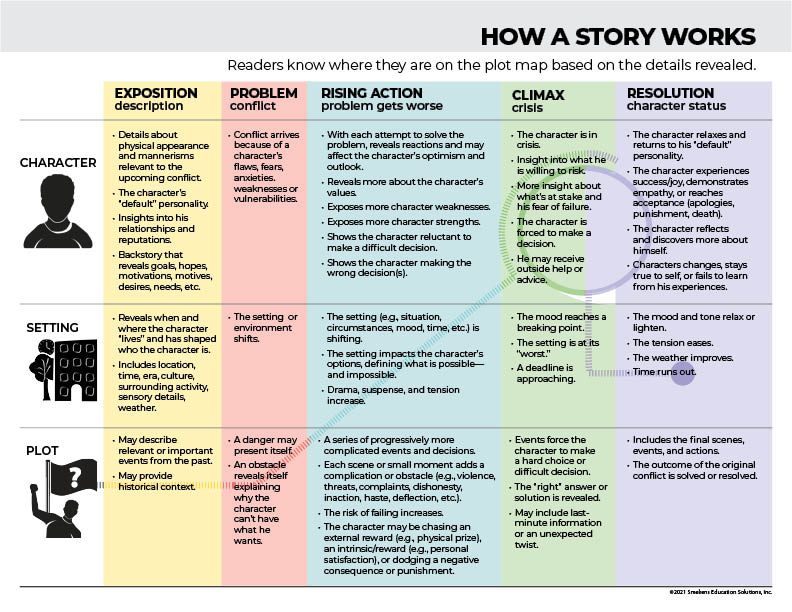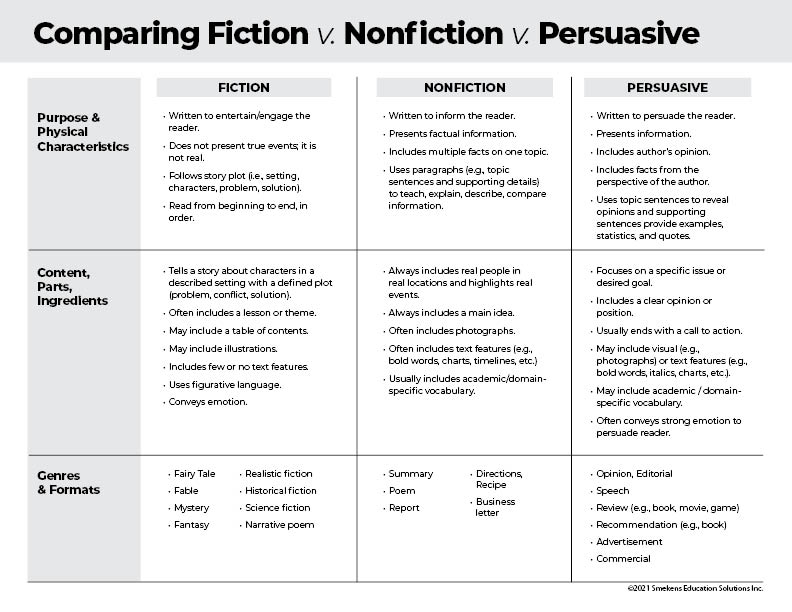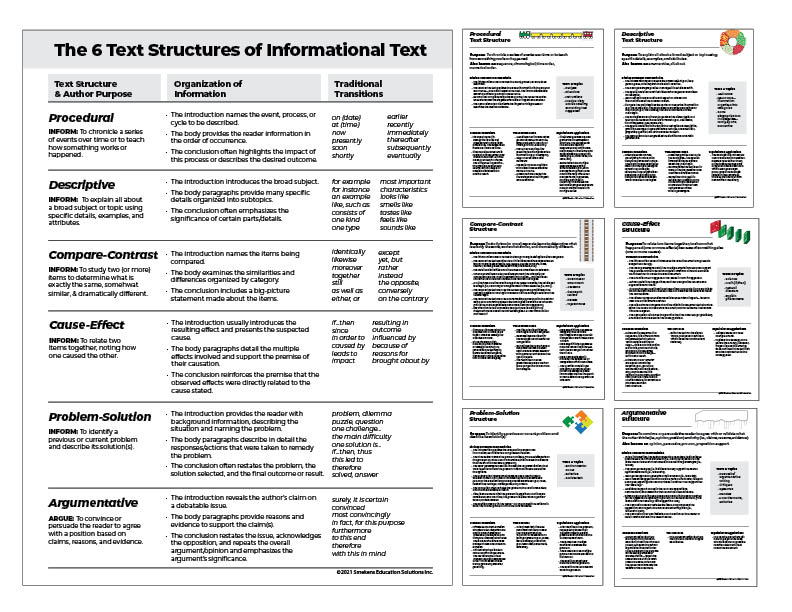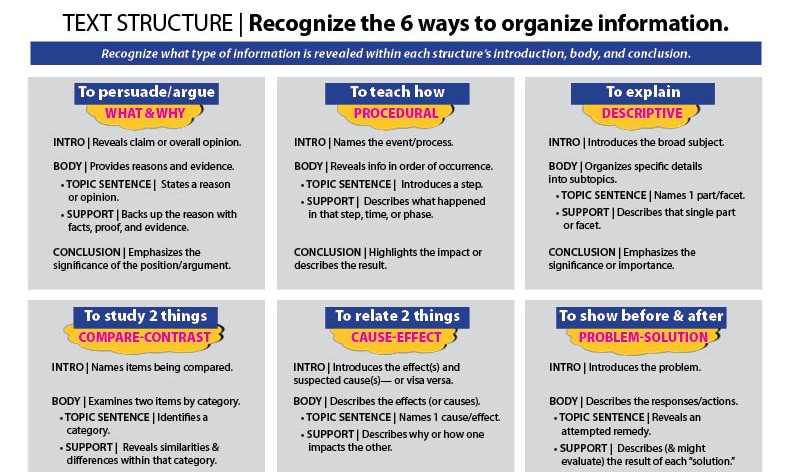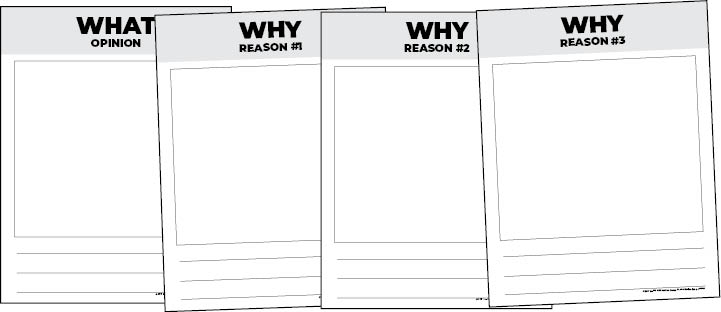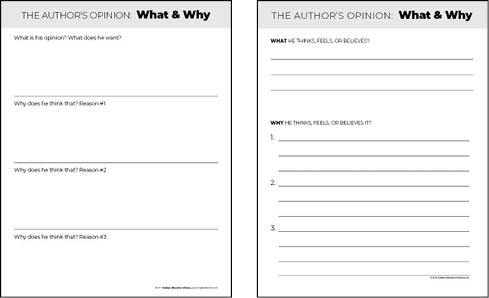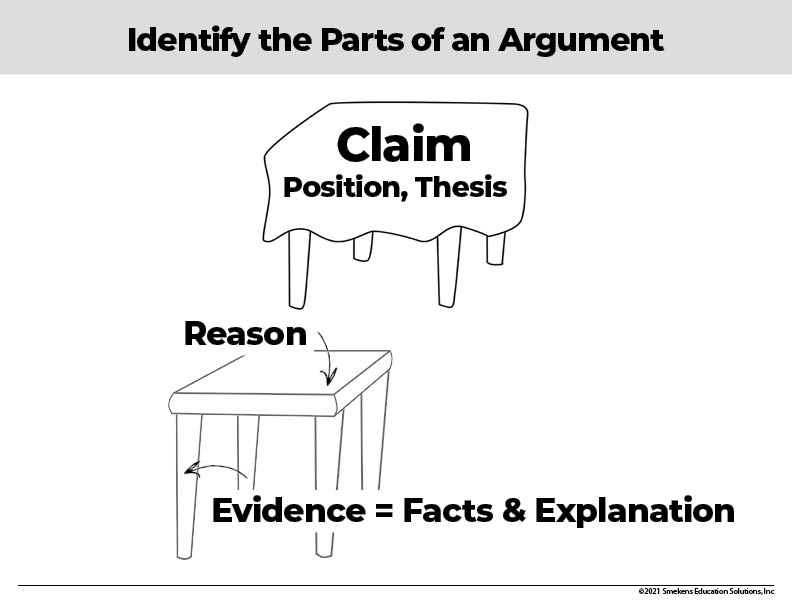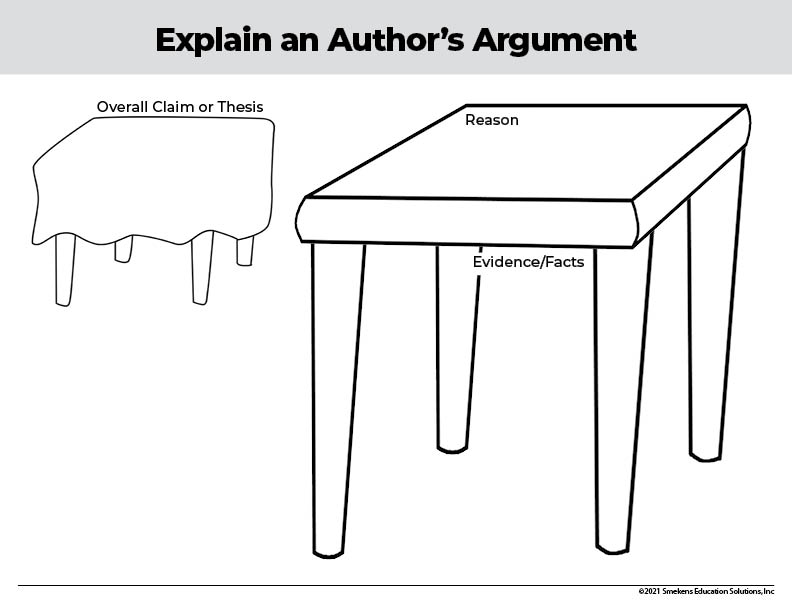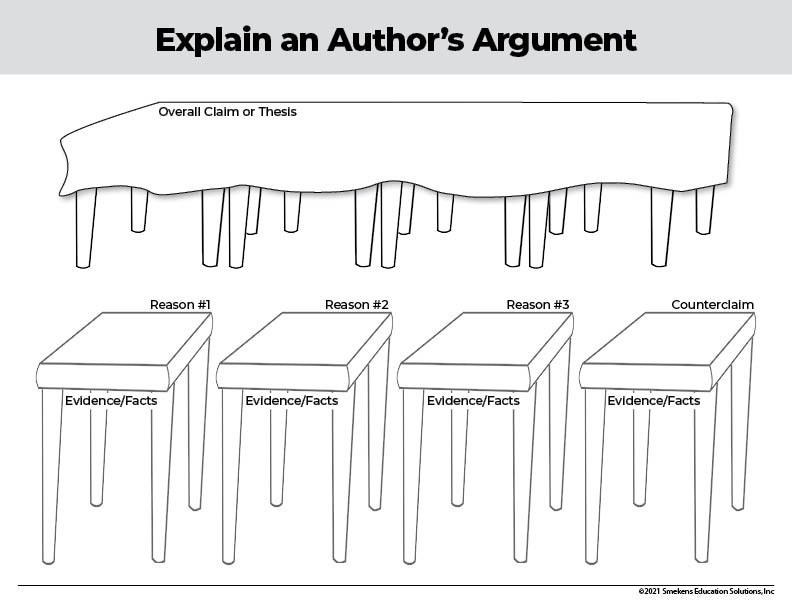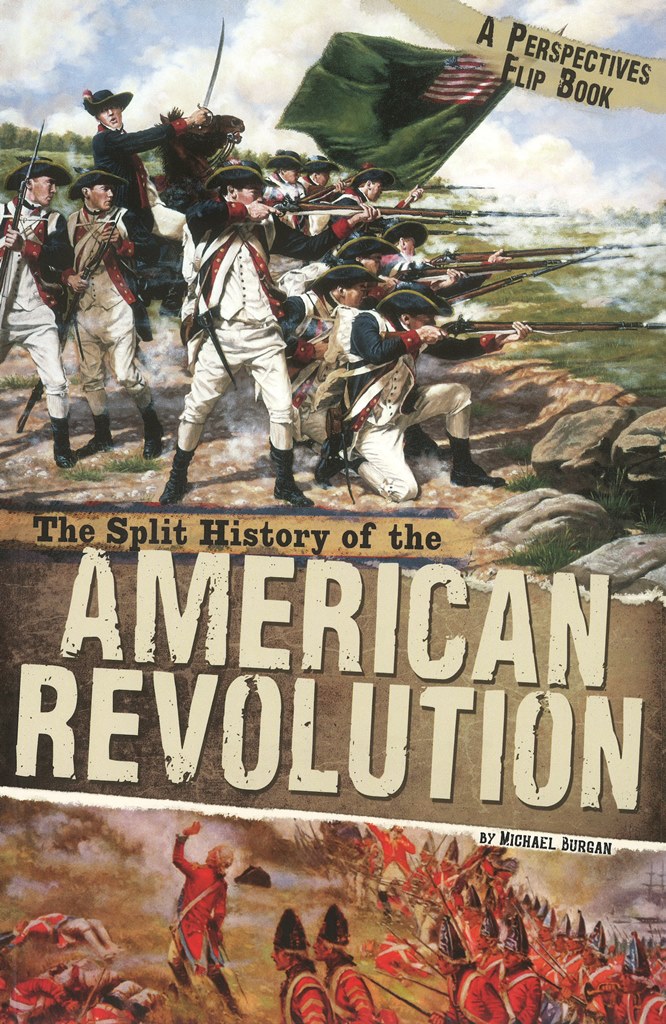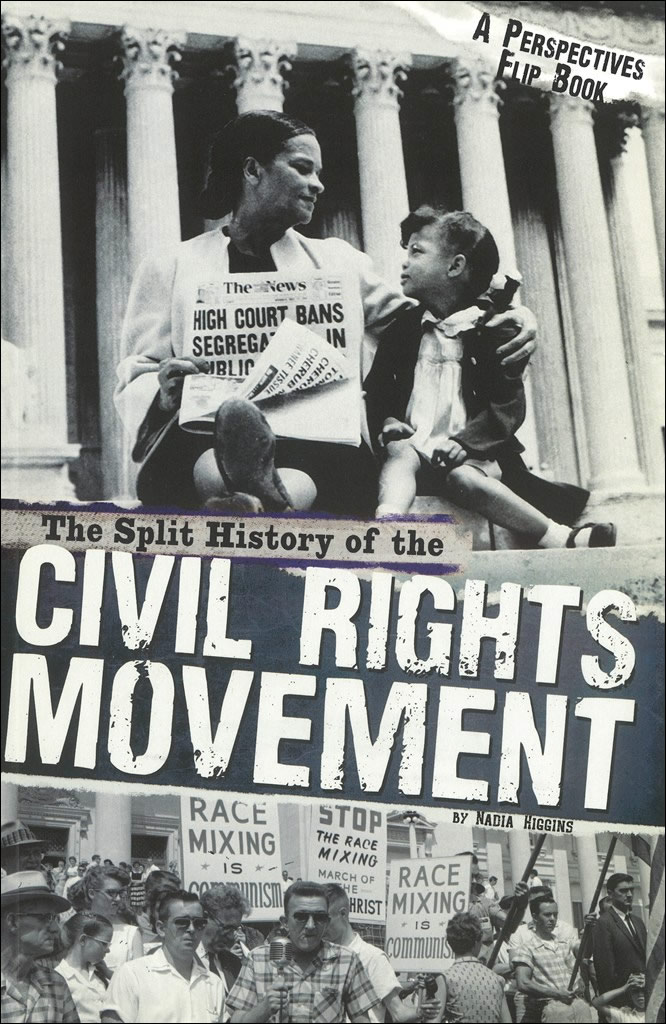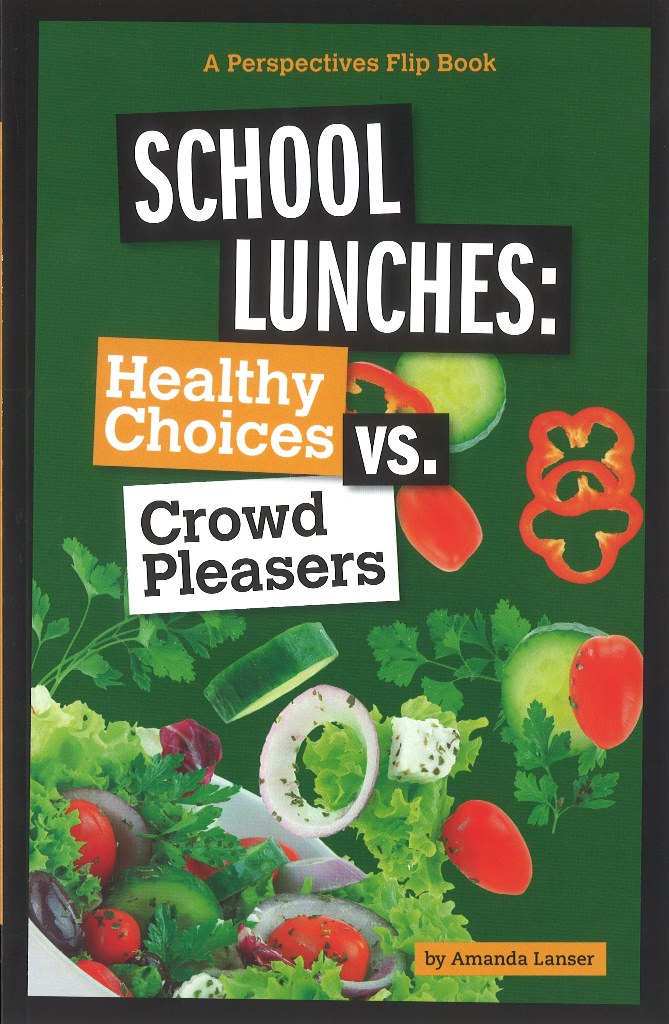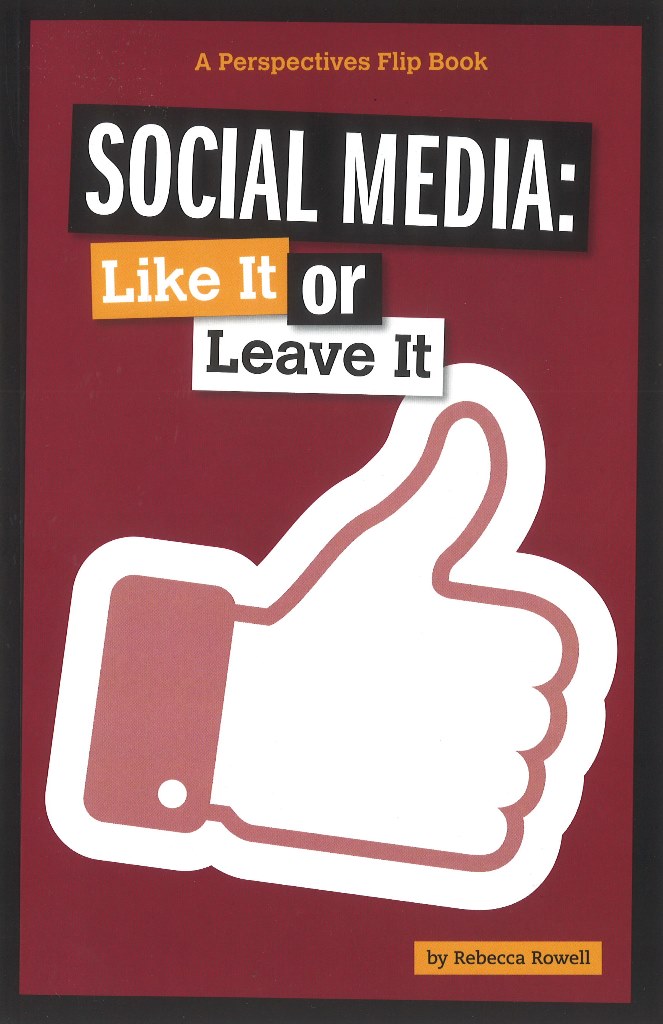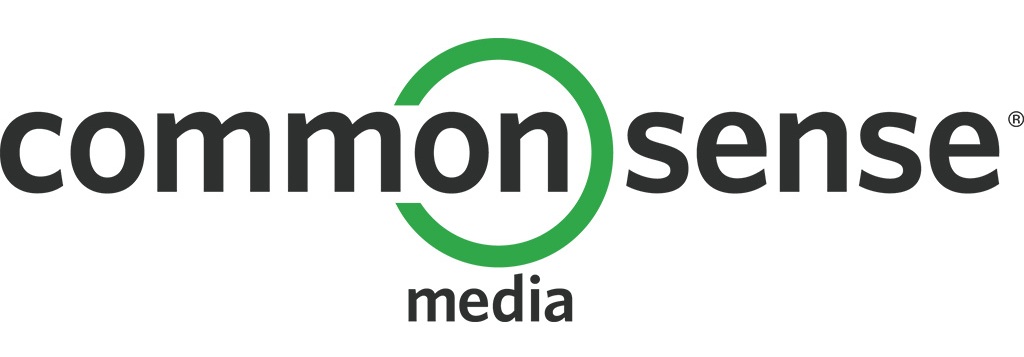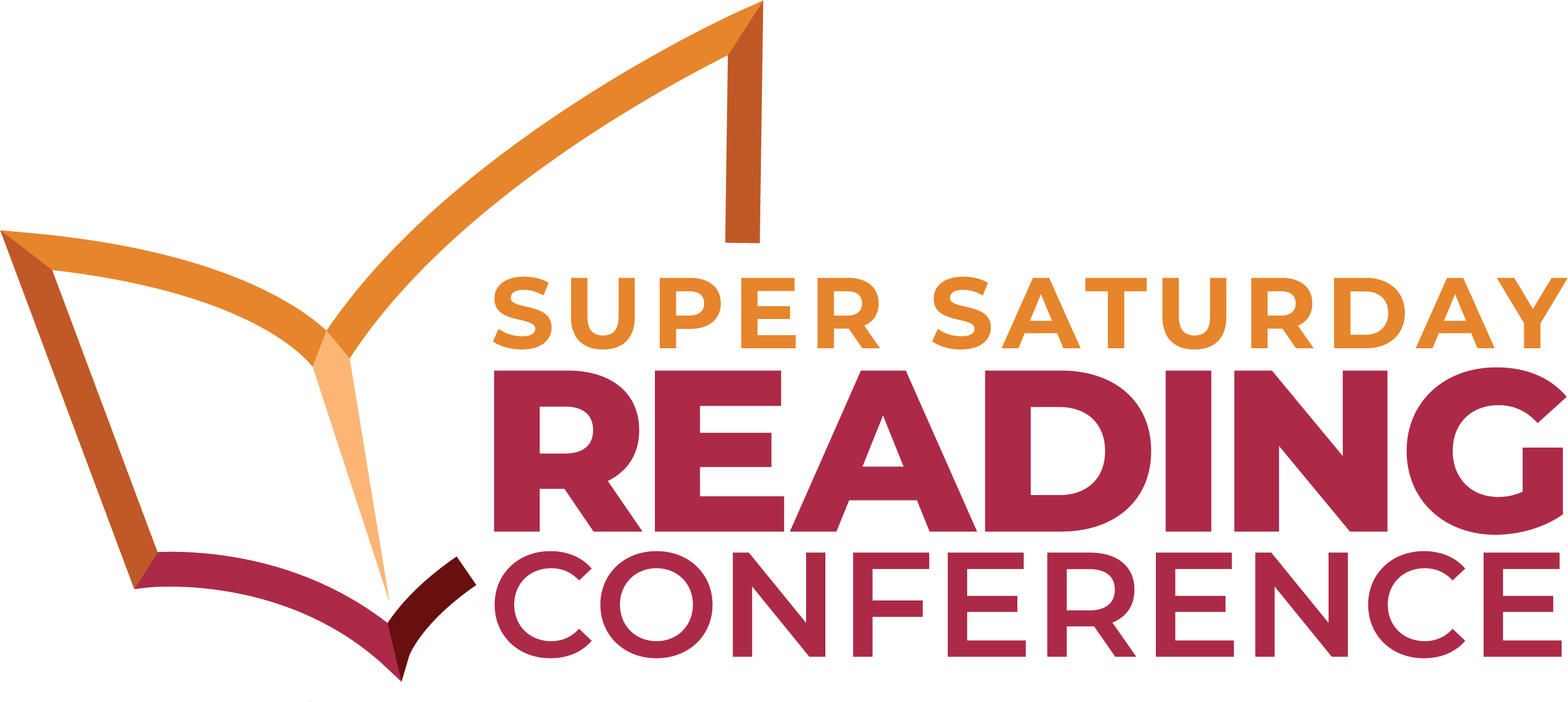
SECRET SITE
COMPREHENSION STANDARDS
SESSION 3 | Grades K-12 | Handout
Understand how text structure impacts comprehension
Build anchor charts
Grades K-1
Anchor Chart Pieces
Grades 2-3
Anchor Chart Pieces
Grades 4-5
Anchor Chart Pieces
Grades 6-12
Anchor Chart Pieces

Introduce readers to the visible text tools authors provide that help them locate information, better understand information, and learn more information.

Recognize story structure
Compare literary genres.
Go beyond the physical characteristics that define short stories v. poems v. dramas. Reveal the more subtle differences in content, ingredients, parts, advantages, and limitations of each.
Review story elements.
Place story elements within the plot map.
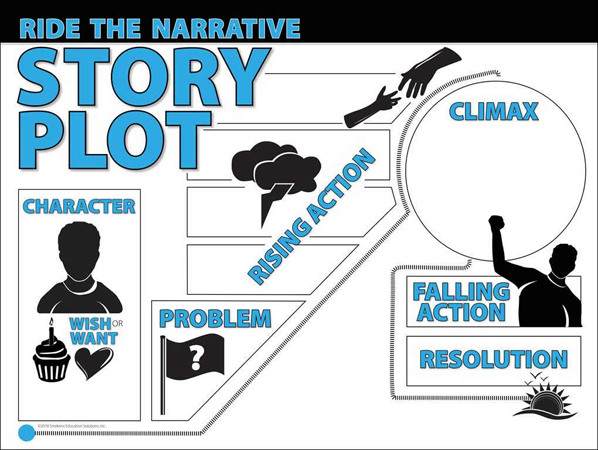
Purchase: 18″x 24″ Poster | Digital Version
Show how stories work.
Identify the 6 ways to organize informational text
Connect text structure to author purpose.
Expect stuctures to vary among sections in longer texts.
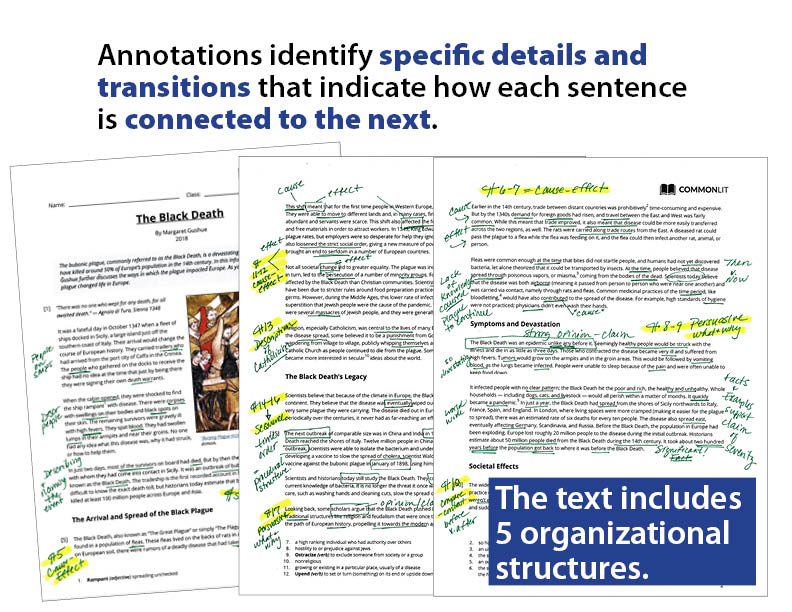
Guide students through “The Black Death” passage.
(Annotated “answers” available.)
See the What & Why structure of persuasive texts
YOUNGER READERS: Explain how an author organized a persuasive text.
OLDER READERS: Explain or trace an author’s argument using the table analogy.
Utilize opinion-based and biased texts on informational topics.
Several websites offer excellent informative text that reveals hot topics, current trends, and kid-friendly issues.

